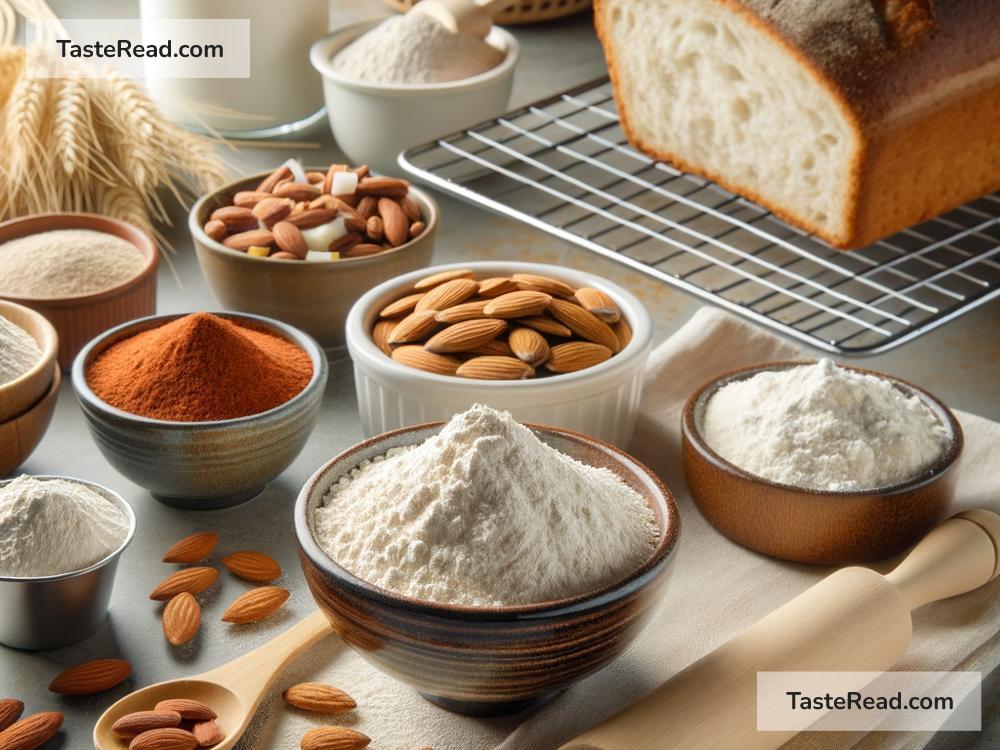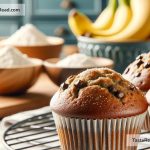Baking without gluten might seem like a daunting task at first, especially if you’re accustomed to traditional baking methods. Gluten, a protein found in wheat, rye, and barley, plays a crucial role in giving baked goods their structure and chewiness. For those with celiac disease, gluten intolerance, or those choosing to eliminate gluten from their diet for other health reasons, finding ways to bake delicious treats without gluten is essential. Fortunately, with a few adjustments and some creativity, you can still enjoy all your favorite baked goods. Here are some helpful tips and tricks on how to bake without gluten.
1. Stock Your Pantry with Gluten-Free Flour Alternatives
The first step in gluten-free baking is finding the right flour. There’s a wide variety of gluten-free flours available, each adding a different flavor and texture to your baked goods. Some popular gluten-free flours include almond flour, coconut flour, rice flour, and oat flour (ensure it’s labeled gluten-free). You can also find gluten-free all-purpose flour blends that are designed to substitute wheat flour in recipes. Experiment with different flours to discover which ones you prefer.
2. Use Xanthan Gum or Guar Gum
Gluten gives dough its elasticity, so when you remove it, you often lose the texture that keeps your baked goods from crumbling apart. To combat this, you can use xanthan gum or guar gum as a substitute. These gums mimic gluten’s properties, helping to bind your ingredients together. Typically, you’ll only need a half teaspoon of gum per cup of gluten-free flour.
3. Keep a Close Eye on Your Measurements
Accuracy is crucial in gluten-free baking. Because gluten-free flours have different weights and absorption rates than wheat flour, precise measurements are necessary. It’s best to use a kitchen scale to weigh your ingredients, as this will give you the most accurate measurements and ultimately, the best results.
4. Moisture is Key
Gluten-free baked goods tend to be drier than their gluten-filled counterparts because gluten-free flours absorb more liquid. To avoid dry, crumbly outcomes, you might need to add more moisture to your recipes. This can be in the form of extra butter, oil, or even fruits like bananas or applesauce. These not only add moisture but also bring additional flavors to your baking.
5. Increase Leavening Agents
Sometimes, gluten-free baked goods need a little extra help rising. Don’t hesitate to add a bit more baking powder or baking soda than your recipe calls for if it was initially designed for wheat flour. This small adjustment can make a significant difference in the lightness and texture of your baked goods.
6. Mix Thoroughly, But Don’t Overwork
It’s important to mix gluten-free batter more thoroughly than you might with gluten-containing batter to ensure all ingredients are fully incorporated. However, be careful not to overmix, as this can lead to baked goods that are too dense.
7. Experiment with Binder Ingredients
Aside from xanthan and guar gums, other ingredients can help bind your baked goods and prevent them from falling apart. Eggs are a natural binder, and using an extra egg or egg white can improve the structure of your baked items. Flaxseed meal or chia seeds soaked in water can also be used as a binding agent and provide additional nutritional benefits.
8. Be Patient with the Baking Time
Gluten-free baked goods often require a longer baking time at a slightly lower temperature, as they tend to brown quicker outside while remaining uncooked inside. Keep an eye on your oven and use a toothpick or cake tester to check for doneness. It might take a few trials to get the timing right for your specific oven and baking pans.
9. Accept that Texture Will Be Different
It’s important to manage your expectations. Gluten-free baked goods will often have a different texture than what you’re used to with wheat-based products. Embrace these differences! You may find that you enjoy the unique qualities that gluten-free flours bring to your baking.
10. Have Fun and Keep Experimenting
Finally, baking without gluten should be a fun and creative process. If a recipe doesn’t turn out as expected, don’t get discouraged. Each attempt will teach you something new about gluten-free baking. With practice, you’ll learn which flour combinations you like best and how to adjust recipes to suit your taste.
Baking without gluten is not only possible but can also open up a world of delicious and innovative treats. By keeping these tips and tricks in mind, you can enjoy baking and eating a wide variety of cakes, cookies, bread, and more – all without gluten. Happy baking!


